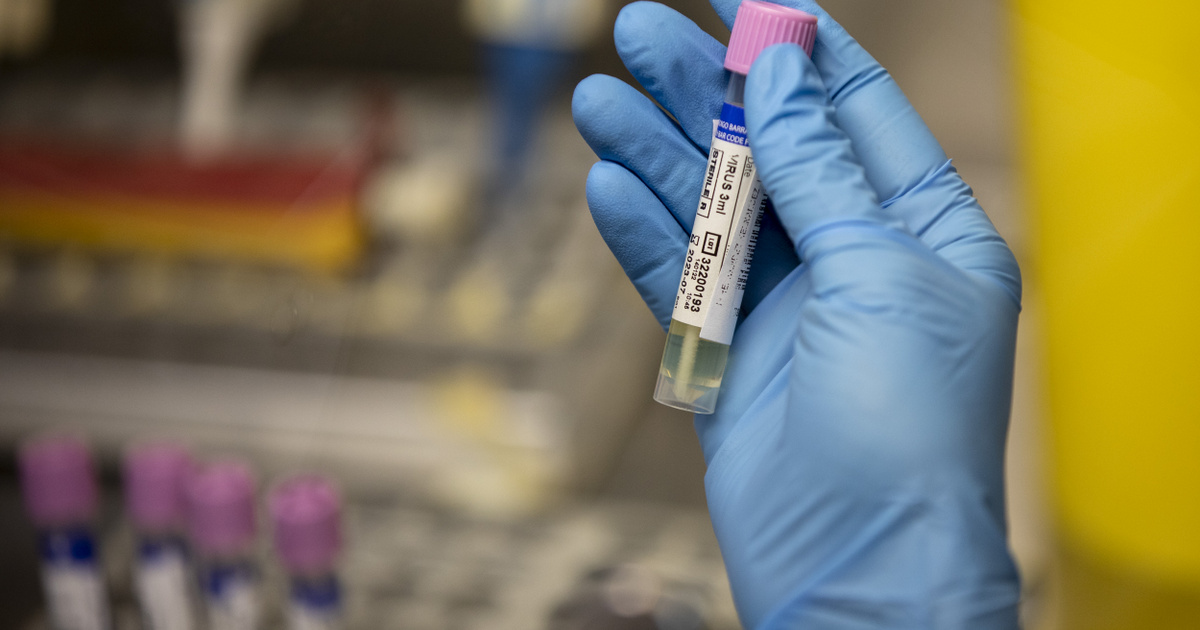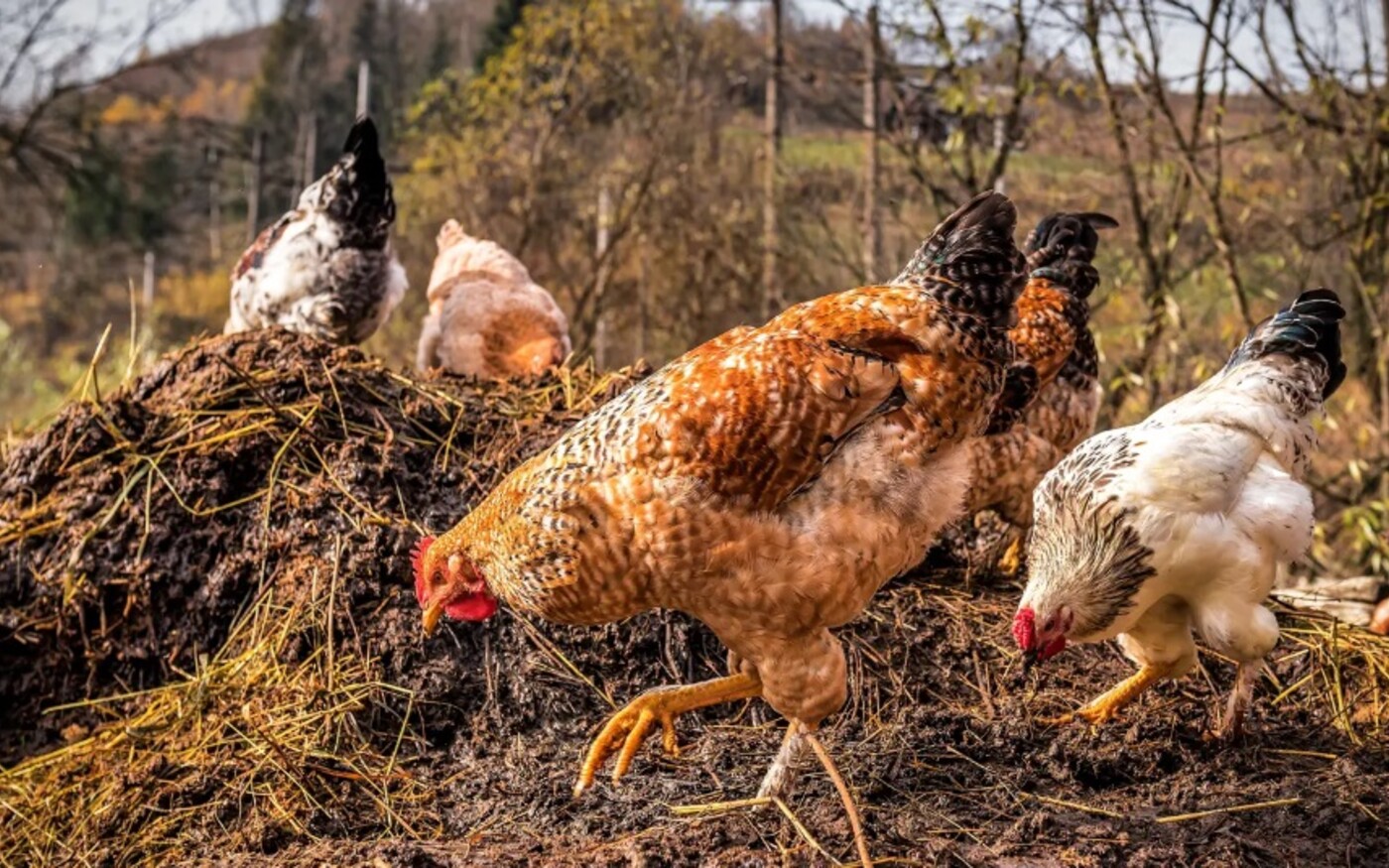Among the group of greenhouse gases, we know carbon dioxide and methane, but their list does not end there. Nitrous oxide (N₂O may be familiar to many people if it is mentioned as laughing gas or lust gas) also increases the temperature of our planet. This gas is the third most powerful greenhouse gas and is produced by many bacteria as a by-product of their life processes.
the California Institute of Technology (California Institute of Technology) Researchers recently like this Enzymes identifiedWhich leads to the production of this gas in microbes by enabling them to absorb nitrogen in an oxygen-poor environment.
Nitrous oxide only stays in the atmosphere for a short time, so its quantity and emissions are difficult to measure. However, based on the discovery, we can make an important advance: based on the emissions, we can get an idea of how soil bacteria work, and thus, for example, we can regulate often excessive fertilization more precisely.
A túlzott műtrágyahasználattal nemcsak az élővizek eutrofizációját okozzuk, hanem a talajbaktériumokat is rengeteg nitráttal látjuk el, amelyből ők, cserébe a rengeteg szén-dioxid-kibocsátása árán gyártott műtrágyáért egy másik üvegházgázt, dinitrogén-oxidot is adnak nekünk.
According to the researchers, farmers of the future will be able to read from measuring instruments how much nitrous oxide is emitted by microbes living in the soil, and then apply fertilizers only if it shows that the nitrogen content in the soil has actually decreased. Decreased. This will make agriculture cheaper, and the environmental damage caused by it will be significantly reduced.
Researchers have discovered a set of enzymes in soil-dwelling bacteria that allow them to breathe nitrogen monoxide instead of pure oxygen in low-oxygen environments. With the help of the enzymes, they can simply switch the cell's operation between the two “modes.”
The discovery of the enzymes has shown that almost anywhere—from mountain pastures to tropical swamps—microbes can release nitrous oxide into the air. But now, they can tell whether a particular microbe is capable of doing so with a simple genetic test.
During their investigations, the researchers also discovered that cellular respiration involving the emission of nitrous oxide evolved about two billion years ago.












































